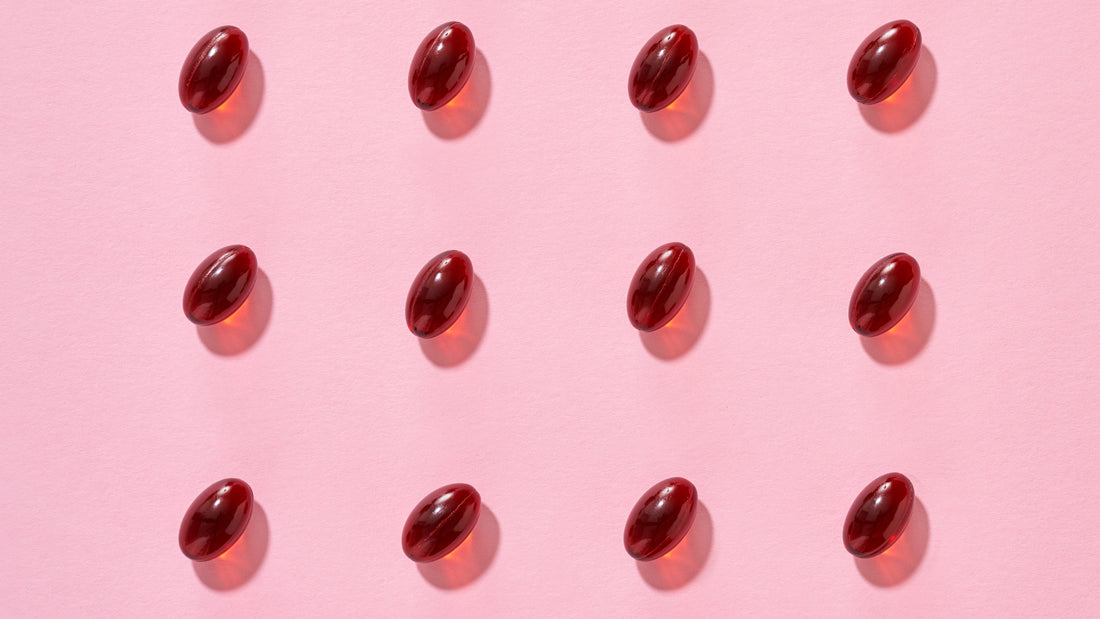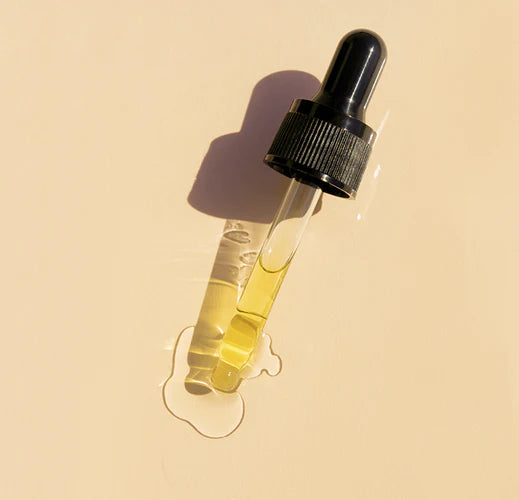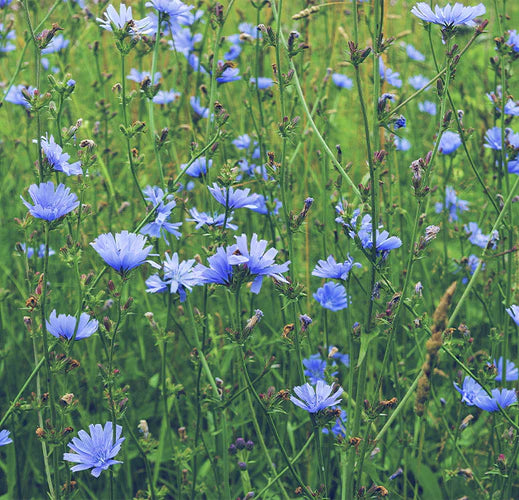Vitamin C v Astaxanthin…..Which is 6000 times stronger than the other?
Using a powerful topical anti-oxidant is the most important thing we can do for the long term health of our skin, even more than using an SPF. Vitamin C has been the traditional darling of the anti-oxidant world for years. However, there are new generation of anti-oxidants paving the way that are bigger and better in terms of protecting against free-radical damage. Astaxanthin is one that should be on the tips of everyone’s lips.
First of all, what are free radicals? They are loose atoms that roam around looking for Free Radicals are found all around us and can wreak havoc with the health of our skin, inducing premature ageing, diseases, inflammation and cancers. The skin damage or cellular breakdown (including collagen and elastin) caused by Free-Radicals manifests itself in several forms, from changing the colour of your skin (brown spots & hyperpigmentation), sagging and loss of elasticity to fine lines and wrinkles.
Vitamin C (ascorbic acid) has long been hailed by the beauty industry as the king of anti-oxidants, reigning supreme in the past year because of its additional ability to stimulate fibroblast cells to produce collagen and gently brighten and smooth skin helping to diminish any unwanted pigmentation. But as an anti-oxidant, it simply can be beaten, both in terms of stability and efficacy.
Astaxanthin (pronounced Asta-xan-thin) is a blood-red pigment that naturally originates in rainwater micro algae and travels through the food chain providing the beautiful pink colour of shrimp, prawns and flamingos. We are familiar with carotenoids - and we know that the brighter the food, the better it is for us - for example Beta Carotene in carrots, tomatoes, peppers and sweet potatoes.
Unlike other anti-oxidants including Vitamin C and Beta-Carotene, Astaxanthin does not become pro-oxidant in the body nor does it break down into Vitamin A, making it ideal for topical skincare due to its stability. It is 6,000 times stronger than vitamin C, 800 times stronger than CoQ10, 550 times stronger than Green Tea Catechins and 75 times stronger than Alpha Lipoic Acid.
Apart from its exceptional anti-oxidant capacity, Astaxanthin has also been proven to have a positive effect on collagen production but also sun protection. It does not shield or absorb UV light, but has amazing photo-protective benefits. Recovery is quicker and pigmentation issues reduced. Fibroblasts are skin cells that act as a skin defence system, providing antioxidant enzymes such as Superoxide Dismutase (SOD) and catalase (CAT). When skin is exposed to sunlight, ROS formation and its build-up occurs. Astaxanthin can protect and enhance the ability of the fibroblasts to reduce the formation of ROS and also scavenge ROS after its formation.
Sunburn is the formation of erythema (redness and swelling) - an inflammatory process. Due to potent anti-inflammatory properties of Astaxanthin, it can help protect the skin from developing sunburn or to sooth a sunburn after its formation.
So, if you are looking for the ultimate anti-oxidant protection, forget Vitamin C, and keep your eyes peeled for Astaxanthin or alternatively get your hands on our CityLife range packed with Astaxanthin to help prevent cellular and DNA damage, breakdown of collagen and potential fine lines.
1. Beutner, S., Bloedorn, B., Frixel, S., Hernández Blanco, I., Hoffmann, T., Martin, H.-D., Mayer, B., Noack, P., Ruck, C., Schmidt, M., Schülke, I., Sell, S., Ernst, H., Haremza, S., Seybold, G., Sies, H., Stahl, W. and Walsh, R. (2001), Quantitative assessment of antioxidant properties of natural colorants and phytochemicals: carotenoids, flavonoids, phenols and indigoids. The role of β-carotene in antioxidant functions. J. Sci. Food Agric., 81: 559-568. doi: 10.1002/jsfa.849.
2. Nishida Y. et. al, Quenching Activities of Common Hydrophilic and Lipophilic Antioxidants against Singlet Oxygen Using Chemiluminescence Detection System. Carotenoid Science 11:16-20 (2007).




